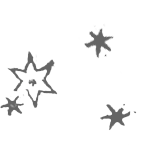Citation
Item Location
A sundial consists of a gnomon, which casts the Sun’s shadow, and a dial on which the shadow indicates the time. This simple portable sundial features a gnomon that can be adjusted according to one’s latitude. Sundials have ranged in size from pocket-dials to monumental architecture. Obelisks of ancient Egypt functioned as gnomons. Renaissance cathedrals functioned as scientific instruments in their own right. From the streets of any older European university one is likely to see a sundial mounted on the side of a nearby building, oftentimes alongside rather than replaced by, a mechanical clock.
Related Items
Resource Type: Instrument






